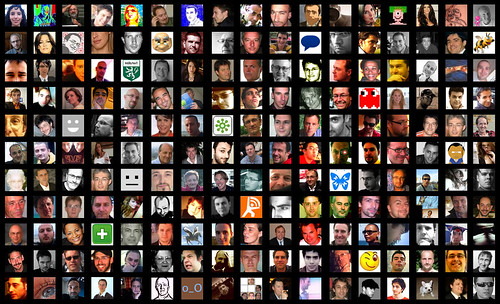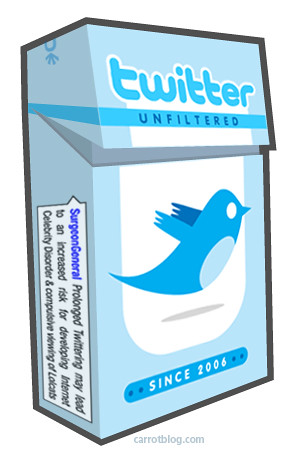lance and levi after stage 15 — powered by http://www.livestrong.com
Ever the competitor, Mr. Armstrong even seems to be enjoying tweaking his new rivals in the press corps, secure in the knowledge that he is scooping them hour after hour as he posts regular updates to his chatty Twitter feed, where he banters with other cyclists, comments on his comeback and even answers questions from some of his more than 933,000 followers.Last week he even took a moment to post this comment on a news report saying that some members of the cycling media had stopped quoting his tweets, in an effort to force him to engage with them:





